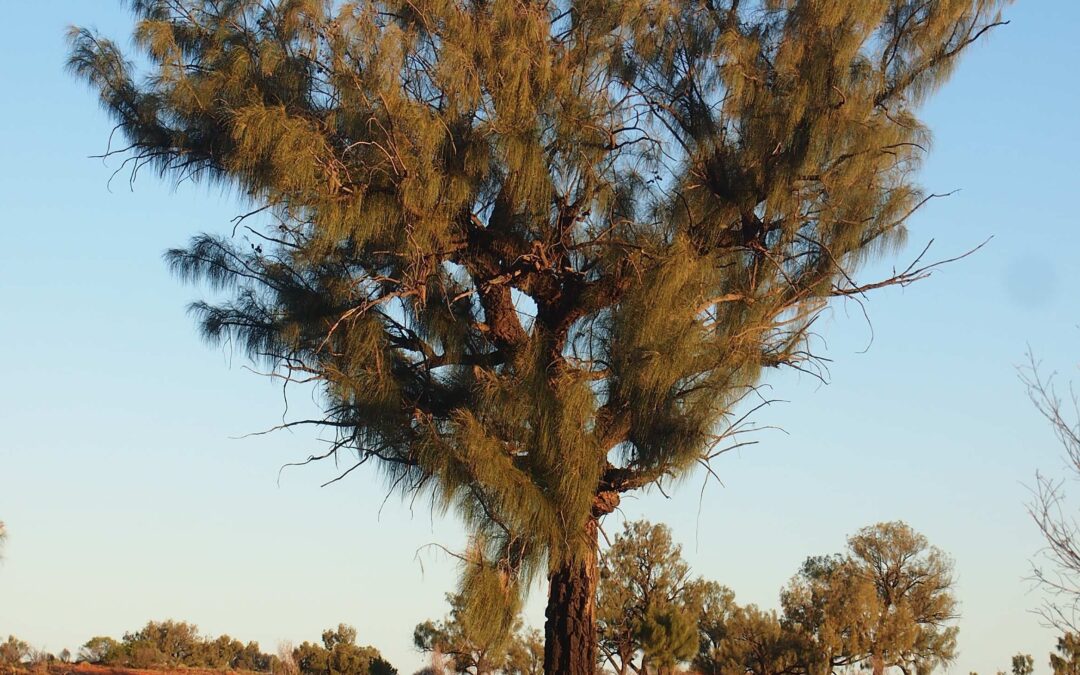The mainstream logic, that trees outgrow each other to compete for light, cannot stand acute scrutiny.

Prof. Mumblebard claims: “Competition for light is a textbook example of a proven ecological principle. It demonstrably drives the growth of trees and ultimately explains the height of all forests.”
Robin and the Honey Badger respond: “Most flowering trees grow in relatively open stands as woodlands or savannas as opposed to dense forests. With such wide spacing, neighbours cannot have crowns broad enough to shade each other and therefore light cannot be in short supply for the dominant plants. The real reason why tropical and subtropical trees grow tall is to compete for certain nutrients rather than light. This is because every additional metre of height can theoretically boost the retrieval of nutrients from aerosols and from groundwater. The taller the tree, the greater its area of foliage and the more rapid the total collection of dust on its electrostatic surfaces. Such aerosols tend to be rich in certain nutrients which can enter the leaves directly by foliar absorption. Remaining nutrients in the deposited dust can be absorbed via the roots after being washed down to the ground. Furthermore, wind increases exponentially as height increases, so the taller the tree the more dust it will intercept. The same airflow also promotes transpiration and so boosts the power of the tree to lift dissolved nutrients which have leached from the topsoil to depths beyond retrieval by shorter plants.”

Please join us here at the Bio-edge with your own comments. In the discussion below we encourage links to any evidence supporting either Prof. Mumblebard or Robin and the Honey Badger. Illustrations are welcome but please cite all sources or we may be forced under copyright to delete your comment.
***
Featured image: Desert oak (Allocasuarina decaisneana) by Mark Marathon (CC BY-SA 3.0, Desert oak)

